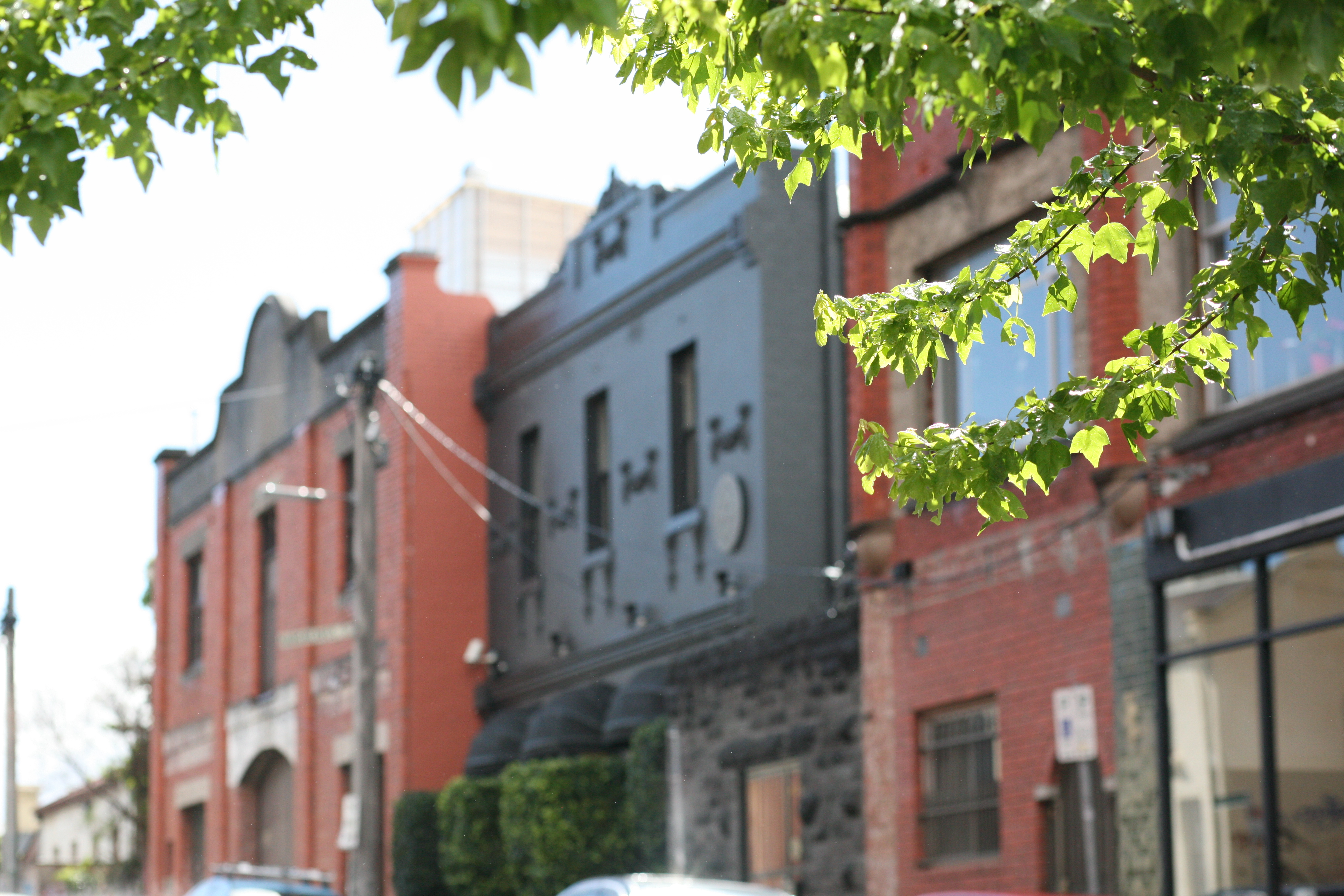
According to Marian*, in order to operate a successful bequest program, nurturing donor relationships and building trust with donors is paramount.
Marian works part-time as a Bequest Officer for a large non-for-profit organisation that relies on fundraising and bequests to support the programs that receive little or no government funding.
How did it all start?
“In 2007 we had one bequest and today we have 27 known bequestors. It’s incredible to know that there are people in the community prepared to leave a legacy to support those in need,” said Marian.
What does it take to implement an effective bequest strategy? According to Marian, a company needs to:
- Invest in a Bequest Officer
- Understand the needs of the various target audiences
- Build and maintain close relationships with stakeholder
“In order to make money, an organisation needs to spend money. Having a dedicated person who manages and nurtures donor relationships is critical. Getting people to consider leaving a bequest cannot solely rely on brochures and advertising. It’s about forging and nurturing relationships, which generally happens over a long period,” said Marian.
Marian still does use traditional marketing to get the organisation’s bequest message out. However it’s subtle and informative.
“It’s important to state in our brochures that our donors have the chance to leave a gift in their Will, however we also promote general information on how to leave a bequest. It is important people consider their family and friends and then maybe they can think about leaving a bequest to an organisation,” said Marian.
How does Marian pick her prospective target lists?
Marian systematically picks the donors from the fundraising database who meet the criteria of a ‘regular donor’. In Marian’s experience, regular donors tend to give a small amount, often, and therefore could be potential bequestors because they are loyal and trust the organisation.
The donors who give larger donations of $10,000 plus are often responding to a project in need of immediate funds; they are not her immediate target. In Marion’s experience, single women, over the age of 60 have been good candidates for leaving a bequest.
“Although regular donors may not be financially rich, they could be asset rich such as have a house and potentially when their estate is sold, they could leave a gift to an organisation,” said Marian.
How does Marian maintain relationships with donors?
Although it will ultimately depend on how each donor chooses to interact with her, face-to-face interaction is preferred for many donors. The main ways Marian keeps in contact with donors include:
- Home visits
- Phone calls
- Personal thank you phone calls to those who donate
- Personalised birthday cards
- Personalised Christmas cards
- Easter cards
- Morning tea
In addition, bequestors are recognised at an annual gathering and presented with a certificate and a special lapel pin; a simple gesture for choosing to leave a lasting gift.
“Our Circle of Friends event started off with 9 people and today we have 19 members. It’s a chance to recognise these generous people for their gift. They don’t want a big celebration. They’re really grateful for everything we do as an organisation. The gatherings are intimate and fully sponsored,” said Marian.
Marian believes that because she maintains regular contact with each bequestor, it indirectly strengthens the relationship the donor has with the organisation. They trust her which builds trust with the organisation.
“It takes years and years for a bequest program to come to fruition as it’s about relationship building. An organisation needs to invest in a person dedicated to nurturing these valuable relationship,” said Marian.
People giving to people.
“People give to people; they want to know that their contribution is supporting someone in need. When people consider leaving a bequest, they also have the faith and confidence in that particular organisation…they feel like they really know the organisation,” said Marian.
Monitoring.
To measure the strength of the bequest strategy, every two years, a fundraising/bequest survey is sent to all donors.
“Through the survey I get to find out who is interested in our organisation and who prefers not to receive information. It tells us how they hear about us and measures exactly what they know about the organisation. They also tell us what they find interesting about the business so we then know what to focus on. We ask our donors exactly how they wish to be acknowledged for their support and we do our best to honour it in a way that suits them,” said Marian.
What’s next for Marian?
Focus on expanding and reaching warm targets. This includes reaching out to:
- Churches
- More aged care residents
- More community aged care clients
- Relatives (of residents)
- Friends (of residents)
How will she do this?
Marian will working closely with frontline employees who directly interact with these warm targets.
“It’s important that the staff understand the message. They will be able explain the best way to spread the message. Attending site meetings and explaining my purpose is also really important,” said Marian.
Marian will present these warm prospects with a DVD that focuses on bequests, fundraising and volunteering.
Results.
Marian’s bequest program has already funded numerous projects. This year, $245,000 has been used to cover employee wages and purchase vehicles for aged care sites.
“Relationship building is the most important part of my role. In order to get positive results, supporters need to believe in me and the organisation I worked for,” said Marian.

